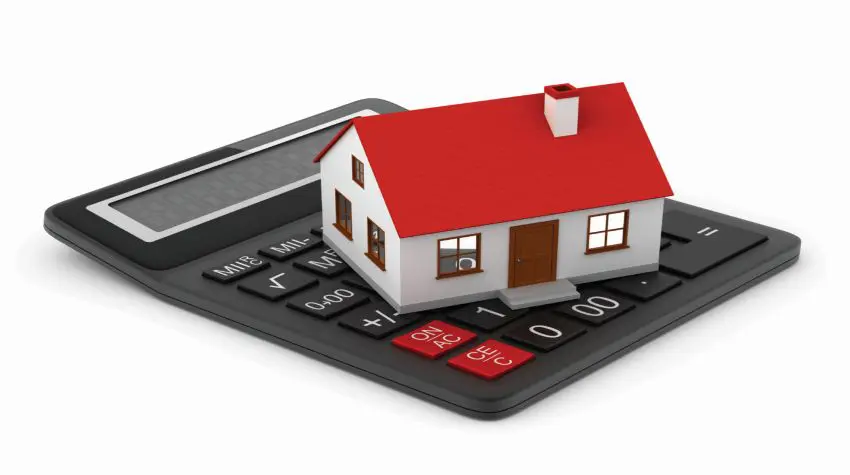
When shopping around for a mortgage, there’s more to think about than simply finding the best mortgage rates. It’s important to also consider the terms and conditions of your mortgage, the size of your down payment, and whether or not you can afford the home (and monthly mortgage payments) you’re considering.
While there are handy tools like a mortgage affordability calculator to help you figure out what you can afford, it’s a good idea to understand how lenders calculate your affordability and the formulas they use to do so.
There are two standard measures of affordability lenders use to determine how much they’ll lend you. First, your Gross Debt Service Ratio (GDS) is calculated. This is the percentage of your income needed to pay all monthly housing costs: your mortgage, property taxes, heat, and 50% of your condo fees (if applicable). The industry standard for GDS is 32%, meaning you typically need a GDS lower than 32% to qualify for a mortgage.
Calculating your GDS
GDS = (Principal + Interest + Property Taxes + Heating + ½ Condo Fees) / Gross Income x 100
Next, a lender will calculate your Total Debt Service Ratio (TDS), which is similar to a GDS but also takes into account your other monthly debts, like credit card payments, car payments, alimony, and loans. The industry standard for TDS is slightly higher than GDS at 40-42%.
Calculating your TDS
TDS = (Principal + Interest + Property Taxes + Heating + ½ Condo Fees) + Other Debts) / Gross Income x 100








